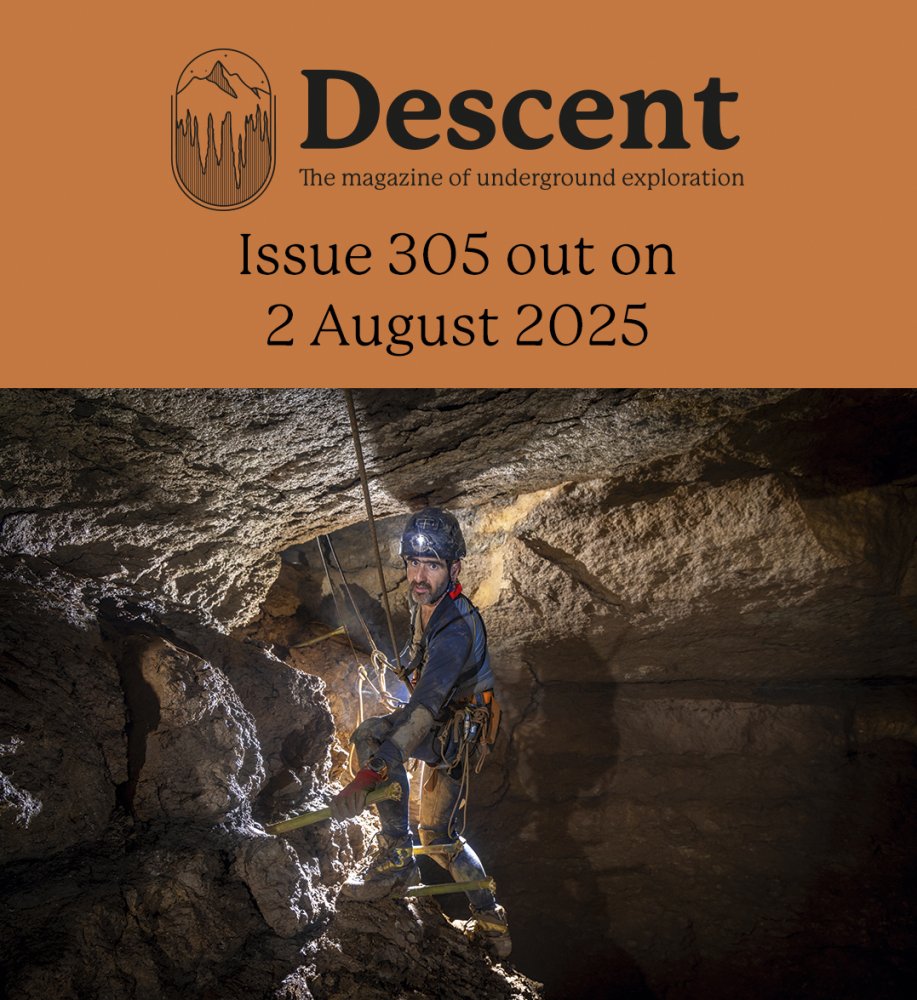A short mallion would only add an inch of height to the chest ascender. I'm not sure how that would compare to a Croll's length, but I would say almost negligible.
A mallion, that's wrench-tightened would be as stout & trustworthy there, equally as much as when used on a bolt-anchor, or on a climbing ascender, or anywhere else frankly...
A Petzl Basic (and others really) has a hole in the top for a carabiner. Certainly if a carabiner will fit through there, the webbing from a chest ascender would too...?
An 8mm Standard M/R would lift your chest ascender 58mm from your central attachment connector. 8mm ones are certified as PPE. 7mm Standard and 7mm Long ones, which most people use for general rigging, are not certified as PPE. A 7mm Standard M/R would lift your chest ascender 52mm. Lifting your chest ascender by over 2" is going to reduce your maximum possible step height by the same. Like Cantclimbtom, I've tried it. It's more like climbing in an industrial rope access harness which has a much higher waist belt and ventral attachment point. Not very efficient compared to a typical low C of G SRT harness.
Non PPE rated M/R's are regarded as being 'lifting gear' and have a WLL marked on them (5:1 FOS). They are all plenty strong enough for what we might use them for, as long as you screw them up properly.
The French company 'Peguet' is the manufacturer of Maillon Rapide connectors and they will usually only certify PPE products if there is a sufficient market for them. Getting, and maintaining PPE certification is a very expensive process. 8mm M/R's are usually the smallest diameter bar used in industry.
In industry, they are all generally used where a 'more permanent' attachment is required, e.g., attaching a lanyard to a scaffolder's harness (not that they usually clip the other end into anything!). They are not best suited when the connector is opened and closed on a regular basis, as we are more likely to use them, and particularly when we use alloy ones and bung all the threads up with mud nearly every time we open and close it.
In an industrial environment, if you were risk assessing the most suitable type of single connector for your harness and all your lanyards and rope adjustment devices (ascenders & descenders), and it needed to be opened and closed regularly, then you wouldn't usually choose an EN362 Type Q M/R, that requires the sleeve to be torqued up every time you put it on. The torque setting depends on the diameter (not that I've ever seen anyone torque them up). It's usually just a nip with a spanner to make it less likely to unscrew itself during use, e.g., rope or webbing moving against the screwed sleeve, or unscrewing due to vibration.
In industry, it's much more likely we would choose a suitably shaped, EN362 triple action, carabiner type connector, e.g., Petzl Omni Triact.
There is plenty of evidence of insufficiently screwed up M/R's completely opening up under load. I've seen a steel D M/R open up almost into a straight bar. The Petzl Omni Triact, and other similar type connectors were developed to help mitigate the hazards associated with incorrectly screwed up M/R's that needed to be fully opened and closed more regularly.
The RRP of a Petzl Omni Triact is £32.40, so not cheep when compared with, e.g., a steel D M/R for £9.00, but not expensive when your whole life depends on it for every aspect of SRT that you might perform.
It makes me laugh when people talk of 2 points of attachment for passing obstacles in caves. We only wear 1 harness and everything we use for going up and down and sideways is attached to our central harness attachment connector. Omni Triact for me every time. I first used D M/R's over 40 years ago. Things have moved on.
Tangential question - Is it OK to use a bungee cord on the top of the chest ascender, so that it's always held taught when climbing? Or is that a no-no?
I know bungee can be hazardous in some places where items can fly backwards, but the chest ascender is captured on both ends... So....?
I used to use a bungee cord for my chest ascender. I wore it as a large loop in a Fig. 8 configuration, with the cross at the back and my arms through the loops. I clipped my left bungee loop into a small carbine hook on the top of my Croll. This kept the ascender upright and flat against my body when not in use. I would then pull the right hand loop and clip into the carbine hook for when I needed to start climbing. It was a great, lightweight system, if you weren't carrying any bags. If you were carrying heavy bags up pitches, the bungee cord dug in a bit too much for shoulder comfort. I've used a Petzl Torse since they first came out and wouldn't change to a different one. I might go back to a bungee cord system when my belly is too big to get the Torse shoulder strap to reach the buckle. It is a bit short.





